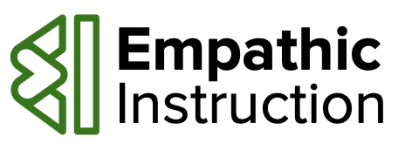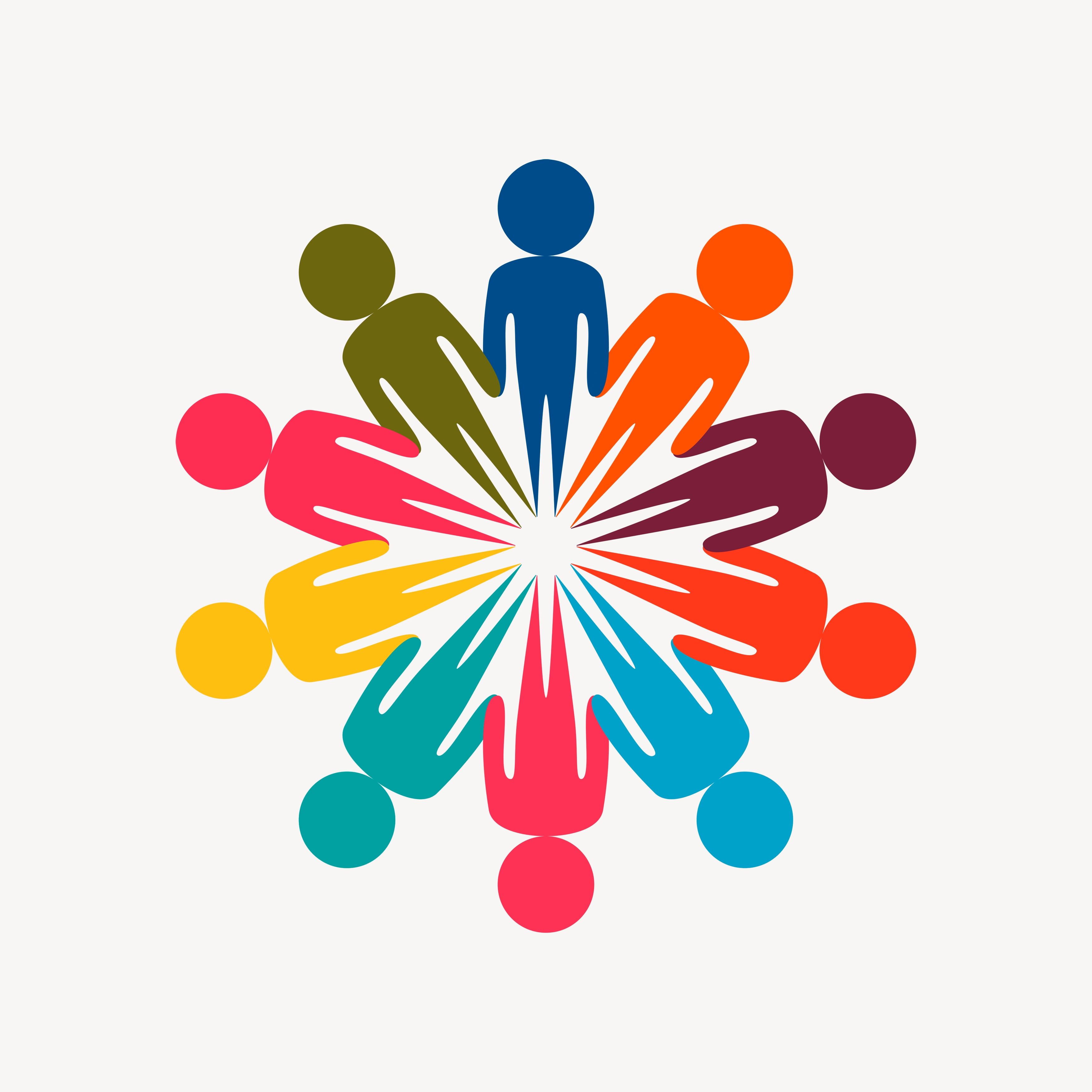
Empathic Instruction (EI) is a series of evidence-based professional learning exercises for educators. Both teachers and students lose out when they do not share relationships built on trust, respect, and care. Fortunately, teachers are some of the most empathic members of our society. EI will help teachers in your community harness the power of the empathy they already possess.

Dr. Okonofua's research shows that empathic teaching leads to:
— Participating Teacher

Positive teacher-student relationships matter in every classroom. But the path to positive teacher-student relationships is rarely the same from one relationship to the next. A key to EI’s effectiveness comes from acknowledging this reality and providing the most effective approaches to address each unique situation. But how?
Teachers find professional learning more appealing and resonant when they recognize its relevance to their own experiences. In order to make EI relevant and applicable, our team of Stanford-trained researchers collects input from teachers and administrators in each of our partner districts. The team then uses that information to tailor the EI materials with local examples, familiar language, and references to shared priorities and resources. In turn, teachers become better equipped to internalize and apply empathic teaching practices in their own work.
— Participating Teacher



